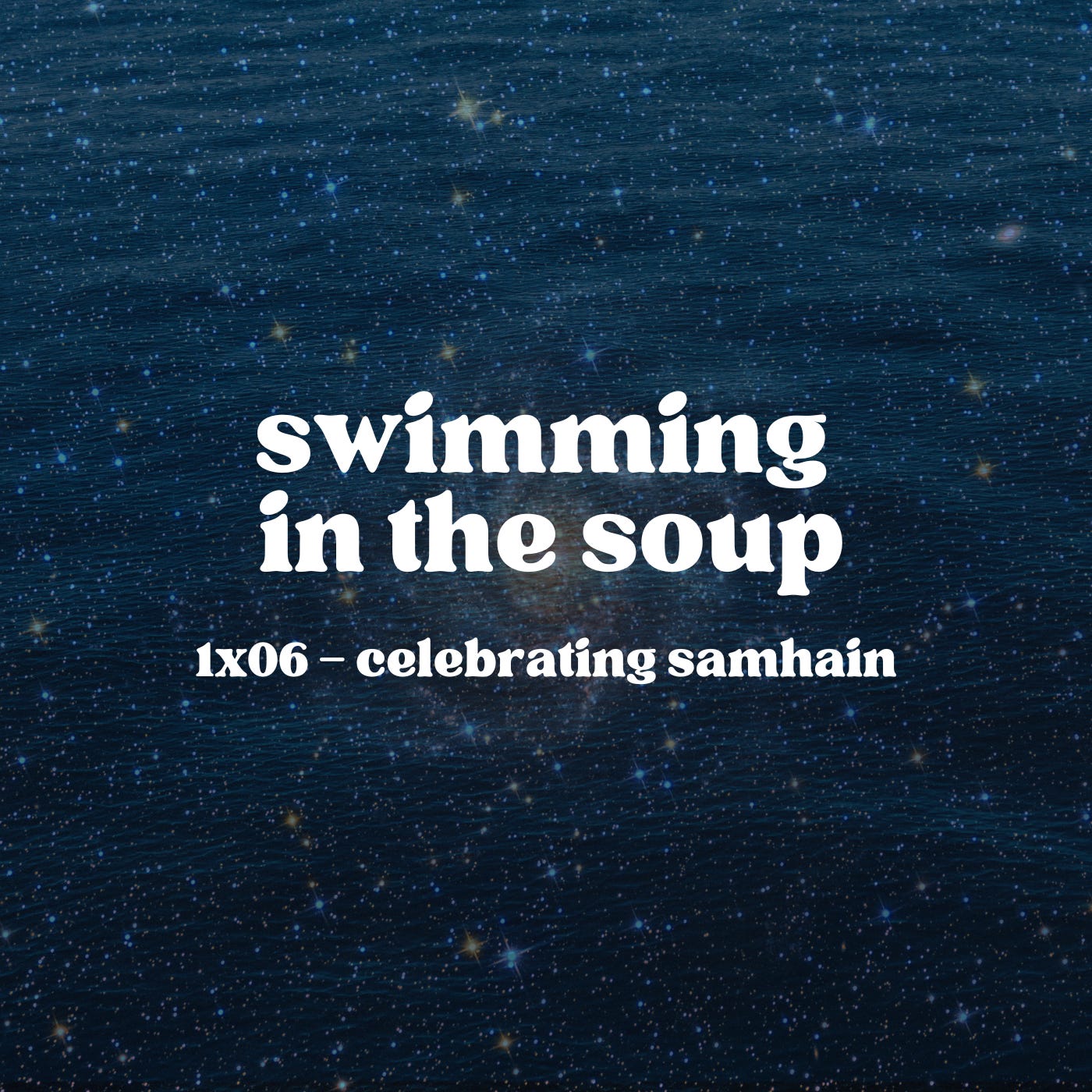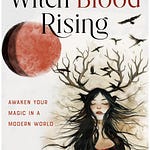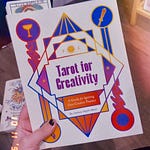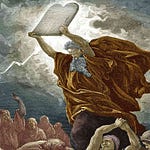What’s up swimmers? Let’s talk about Samhain, aka The Celtic New Year, aka The Witch’s New Year, shall we? 🖤🍎🔥
A quick announcement about SITS in November + Opening my books!
In November, I’m going to be attempting NANOWRIMO, or National Novel Writing Month! I have an idea for a queer New York rom-com that’s been percolating for a while now, and I’m ready to see what it could look like on the page. It’s a total privilege to be able to devote the month to this endeavor, and I’m psyched to give this gift to my creative self.
Because the daily word count goals are bonkers, I’m going to be taking the month off from the podcast element of SITS. You can still expect the November Monthly Forecast and a newsletter every other week, but it’ll focus on my experience of NANOWRIMO, tips and tricks that’ve helped me to write, and snippets and sneak peeks of what I’m working on!
I’m also going to be opening my books in December & January for personally tailored (virtual) readings with me!
Information on readings and the link to book will be going out with the November newsletter, available to all subscribers just one more time! xx
THE SIGNIFICANCE OF SAMHAIN 🖤🍎🔥
Happy (almost) New Year, witches!
HISTORY
Pronounced “sow-win,” Samhain is a Gaelic word that translates as “summer’s end.” It originated in Celtic spirituality, as one of the 4 harvest festivals, and would last for 3 days and 3 nights, from October 31—November 2, and falls opposite Beltane on the Wheel of the Year, the May 1 celebration of life and the coming of the light.
Nothing was written down, but oral traditions recall that:
Every year in late October, families would bring in the last of their harvest and then attend the Samhain festival. Community members and Druid priests would light a large wheel on fire to represent the sun. It was important that the fire was started with friction because it was believed that such a “force-fire” warded off bewitching, the plague, and infections among livestock.
Its legends maintain that this time of year is when the veil between worlds is the thinnest, allowing us to honor and dwell with those who’ve left this earthly plane, so ancestor work and “Dumb Supper” rituals are common practices.
It’s very much a liminal festival, meaning that we must both welcome & protect.
In the Middle Ages, when the Romans had all but conquered the Celts, Christians began to write down pagan rituals, changing and appropriating them for their own use. In the 9th Century, Pope Gregory declared November 1st All Saints’ Day and November 2nd All Souls’ Day. October 31st became known as All Hallows Eve or Halloween night.
IN THIS EPISODE:
We discuss the historical roots of Samhain, and its evolution into modern day Halloween
Both historical and modern rituals to celebrate Samhain
The Numerology of Samhain 2022 and how to work with it in your spellwork
Halloween and Queer History
A look at ancestor work through a queer lens
SOURCES & CITATIONS 😎
Historical Halloween, compiled by The Word Witch / Charlie Claire Burgess
Samhain (History.com)
What is Samhain? The History of The Pagan Celebration (Sea Witch Botanicals)
The Pagan Dumb Supper: What it Is & How to Host One (Moody Moons)
Queer Samhain: Why should I honor my awful ancestors? (Major Arqueerna)
Gay Christmas: The Queer History Behind Halloween (Queers for a Cause)














Share this post